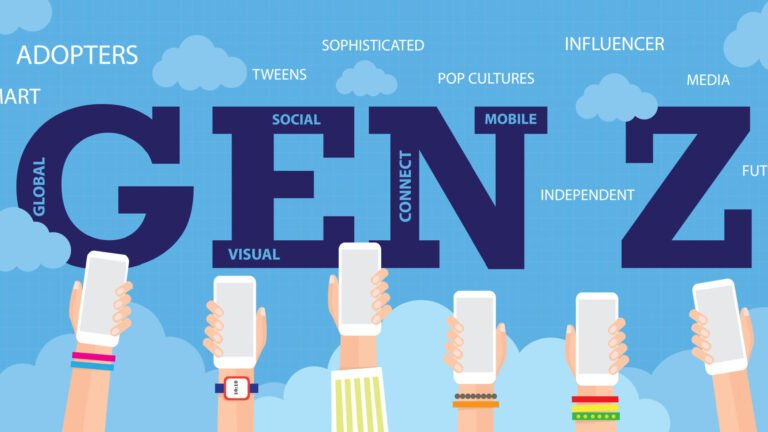The Rise of Web3 and Its Impact on Marketing
The digital marketing landscape is experiencing a paradigm shift as Web3 marketing begins to redefine how brands connect with their target audiences. Built on the backbone of blockchain technology, this new phase of the world wide web emphasizes decentralization, data ownership, and transparency, offering more control to internet users. Unlike the centralized platforms of the past, the decentralized web empowers brands to foster deeper connections with their communities, transforming how strategies are planned and executed.
As businesses navigate this digital realm, traditional methods like centralized platforms and user data collection face growing challenges. The decentralized nature of Web3 on digital marketing opens the door to more engaging experiences through unique digital assets, smart contracts, and community-driven marketing, all while addressing rising concerns around data privacy and data security.
In this article, we’ll explore how Web3 is reshaping the foundations of digital marketing strategies, the challenges it brings, and the innovative opportunities it creates for brands to adapt and thrive in this evolving digital world.

What is Web3? A Simple Breakdown
If you’ve been hearing the buzz about Web3, you’re not alone. It’s the shiny new evolution of the world wide web, and it’s shaking things up. But what exactly is it? Let’s break it down in simple terms.
At its core, Web3 is built on blockchain technology, making it different from the centralized systems we know from Web 2.0. Instead of relying on centralized platforms, Web3 operates on a decentralized web where control and ownership are shared among users. Think of it as the internet, but with more control for individuals and less interference from big tech companies.
One of the most exciting aspects of Web3 is its focus on privacy and transparency. Users can own their data, engage through peer-to-peer interactions, and even benefit from smart contracts—self-executing agreements that make transactions seamless and secure. This shift doesn’t just sound cool; it opens doors for brands to create stronger connections with their target audience through community-driven marketing and user engagement.
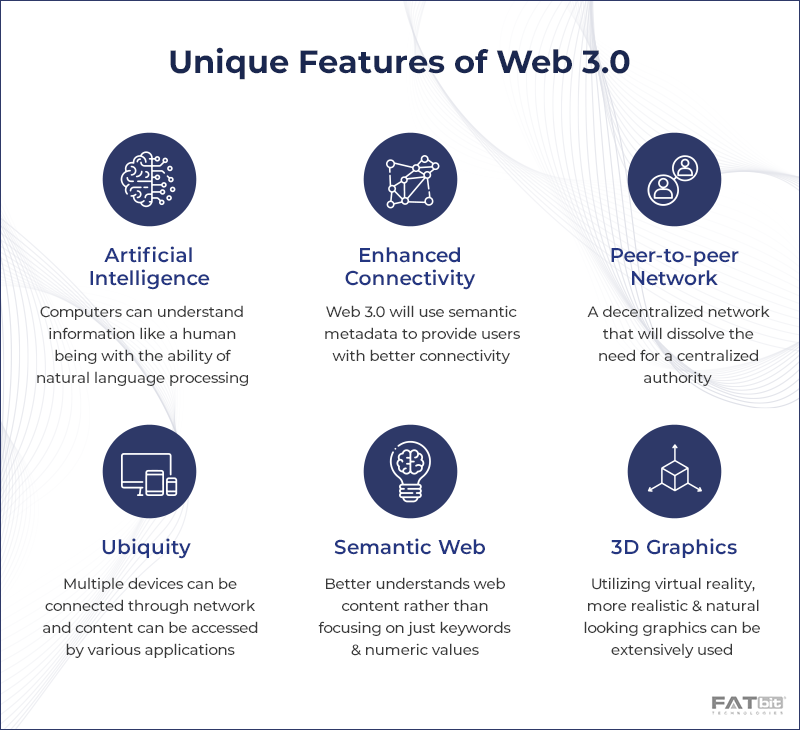
How Web3 Will Influence Digital Marketing Strategies
Web3 is more than just a technological upgrade; it’s a paradigm shift for digital marketing. Here’s how:
- Secure and Transparent Interactions: Web3’s reliance on blockchain ensures secure transactions and makes marketing practices more transparent, fostering trust with your target audience.
- Stronger Relationships with Audiences: With decentralized platforms, brands can engage directly with users, encouraging community-driven marketing and more meaningful connections.
- New Content Opportunities: The rise of user-generated content will become even more prominent as Web3 platforms reward users for their contributions.
Benefits of Web3 Marketing for Businesses
Adopting Web3 marketing offers businesses distinct advantages in today’s competitive digital marketing landscape:
- Enhanced Brand Awareness: By using decentralized platforms, brands can reach a wider audience and establish authority in this emerging niche.
- Personalized Experiences: Features like token-based incentive systems allow for customized loyalty programs that foster long-term relationships.
- Increased Profitability: By leveraging unique digital assets such as NFTs, businesses can open new revenue streams while enhancing audience engagement.
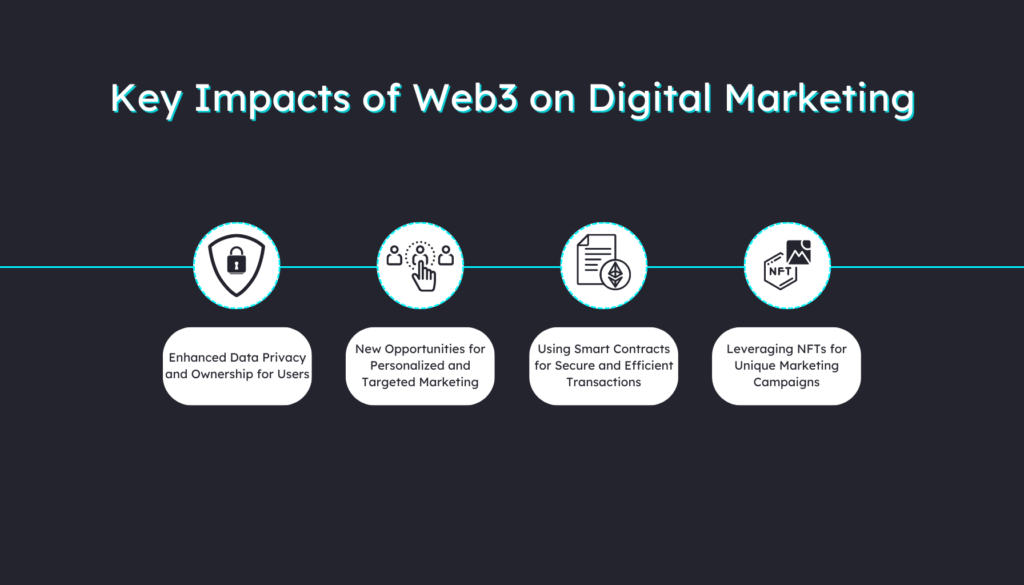
How Web3 is Reshaping Marketing Strategies
The shift to Web3 marketing is turning traditional approaches upside down. It’s not just about adapting—it’s about rethinking how brands connect with their target audience. Here’s a closer look at how marketing is evolving in the decentralized web.
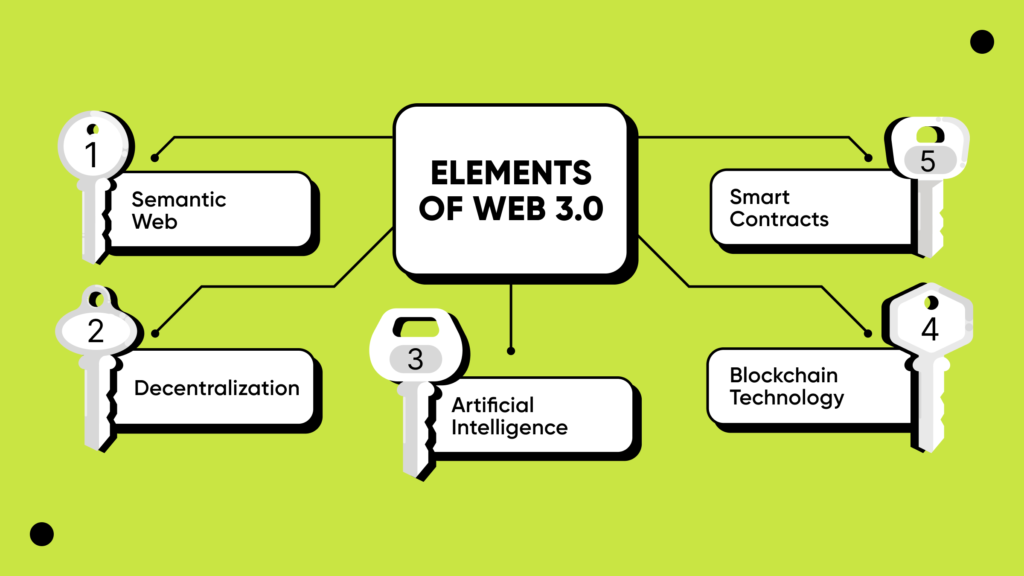
1. Rethinking Data Privacy and Ownership
In Web 2.0, brands relied heavily on user data collection through centralized systems. With Web3, data ownership shifts back to users, emphasizing transparency and consent.
For marketers, this means being upfront about how data is used and finding creative ways to encourage users to share their information voluntarily. Ethical practices in data protection and privacy are now critical for building trust.
2. Decentralized Platforms Over Social Media Giants
Brands have long depended on social media platforms like Facebook or Instagram. But with the rise of decentralized platforms, there’s a move away from these centralized platforms to networks where users control their interactions.
Marketers need to explore emerging blockchain-based platforms and focus on authentic community building rather than algorithmic reach.
3. Leveraging Smart Contracts for Targeted Marketing
This simplify marketing campaigns by automating processes like customer rewards, influencer partnerships, and secure payments. This enables targeted marketing efforts without the need for third parties.
For example, a brand could use smart contracts to distribute tokens as rewards for engaging in surveys or sharing and creating content.
4. Tokenized Engagement
Using unique digital assets like NFTs, brands can create first-hand experience for their audience. Whether it’s granting access to exclusive events or offering branded collectibles, these tokens provide new ways to drive brand engagement.
It’s a win-win: users gain value, and brands build loyalty while standing out in a crowded market.
5. Building Stronger Communities
Community is at the heart of Web3 marketing. Brands are no longer just talking at their audience; they’re involving them in decisions and rewarding participation.
From incentivizing contributions with digital assets to hosting virtual events, fostering a solid community is the new cornerstone of effective marketing.
These changes aren’t just trends—they’re the foundation of what’s next in the digital marketing landscape. By adapting to decentralized technologies, brands can stay relevant and unlock creative solutions that resonate with today’s savvy consumers.
The Role of Blockchain in Web3 Marketing
Blockchain Technology and Its Applications in Web3
At the heart of Web3 marketing lies blockchain technology, a revolutionary system that has transformed how transactions and data are managed. Here’s what makes it so impactful:

- Decentralization: Blockchain is a peer-to-peer network that eliminates the need for central servers. Instead, data is distributed across multiple nodes, ensuring greater data security and resilience against tampering.
- Transparency: Every transaction on the blockchain is visible and auditable, providing a level of trust that traditional systems can’t match. This tamper-resistant record is a game-changer for verifying authenticity and building credibility in marketing campaigns.
- Enhanced Privacy: Blockchain’s decentralized nature reduces reliance on third parties, protecting user data and aligning with growing concerns around data privacy.
For marketers, this means that blockchain is more than a tool—it’s a foundation for creating secure and transparent marketing strategies that resonate with their target audience.
Tokenization and Its Potential for Incentivizing User Engagement
One of blockchain’s most exciting features is tokenization—the creation of digital tokens that can represent anything from assets to rewards. In the context of Web3 marketing, tokens can transform how brands engage their audience:
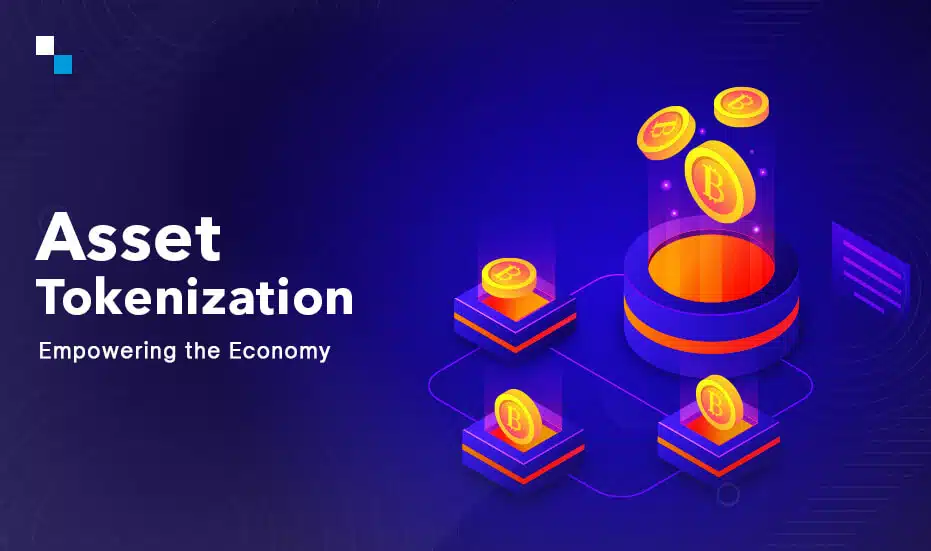
- Incentivized Participation: Token-based systems reward users for desired behaviors like creating content, referrals, or platform activity.
- Building Economies: Businesses can create token-driven ecosystems that encourage user engagement and community loyalty. For instance, a brand could offer tokens as rewards for attending digital events or engaging with user-generated content.
- Exclusive Benefits: Tokens can be used to grant access to unique digital assets, exclusive memberships, or special discounts, fostering a deeper connection between brands and users.
By integrating tokenization into marketing strategies, businesses can unlock innovative ways to engage their communities while staying ahead in the competitive digital marketing landscape.
Identifying Your Target Audience in Web3
Understanding Your Target Audience’s Needs and Concerns
In the world of Web3 marketing, knowing your target audience is critical. Unlike traditional approaches, Web3 emphasizes transparency, personalization, and active participation. Here’s how to understand your audience in this decentralized space:
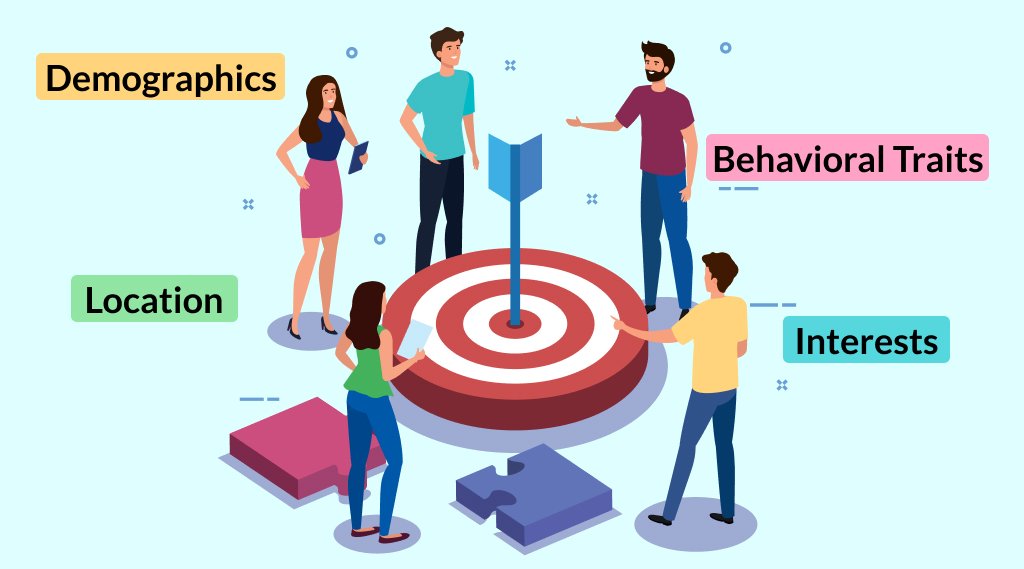
- Identify Pain Points: Users in the web often value data privacy, ownership, and security. Highlight these concerns in your campaigns to resonate with their priorities.
- Understand Preferences: Are they early adopters of blockchain technology? Do they prefer community-driven marketing or engaging through user-generated content? Knowing this helps tailor your approach.
- Adapt to Web3 Behavior: Unlike traditional users, Web3 participants may look for token rewards, unique digital assets, or decentralized experiences. Understanding these behaviors is key to crafting effective strategies.
Creating Buyer Personas for Web3 Marketing
To connect with your audience effectively, creating buyer personas is a must. These personas represent your ideal customer and guide your digital marketing strategies:

- Demographics: Include age, location, and profession, especially if they align with Web3 adoption trends.
- Interests: Identify interests in areas like blockchain, cryptocurrencies, NFTs, or decentralized platforms.
- Behaviors: Note how they interact with brands—do they engage in creatimg content, participate in token economies, or value smart contracts for secure interactions?
Tailoring Your Marketing Strategies to Your Target Audience
Once you’ve identified your audience, it’s time to craft strategies that speak directly to them. Here’s how:
- Leverage Social Media and Decentralized Platforms: Engage with your audience on both social media platforms and blockchain-based alternatives. This dual approach ensures you cover both traditional and decentralized channels.
- Incorporate User-Generated Content: Encourage users to share their experiences with your brand. Reward participation through token incentives or access to exclusive content.
- Build Community Connections: Use community-driven marketing to involve users in decision-making and create a sense of ownership. Strong communities are a hallmark of successful Web3 brands.

Optimizing Your Web3 Marketing Campaigns
SEO and Content Marketing in the Web3 Era
Even in the decentralized world of Web3, search engine optimization (SEO) and content marketing remain vital for driving visibility and engagement. Here’s how to adapt these strategies:
- Web3-Specific Content: Create high-quality, informative content that educates your target audience about blockchain, tokenization, and the benefits of Web3 marketing.
- Long-Tail Keywords: Optimize your content for niche queries related to decentralized platforms, unique digital assets, and smart contracts to stand out in search results.
- Semantic SEO: Focus on user intent and provide valuable insights that resonate with your audience, ensuring your content ranks well in search engines.
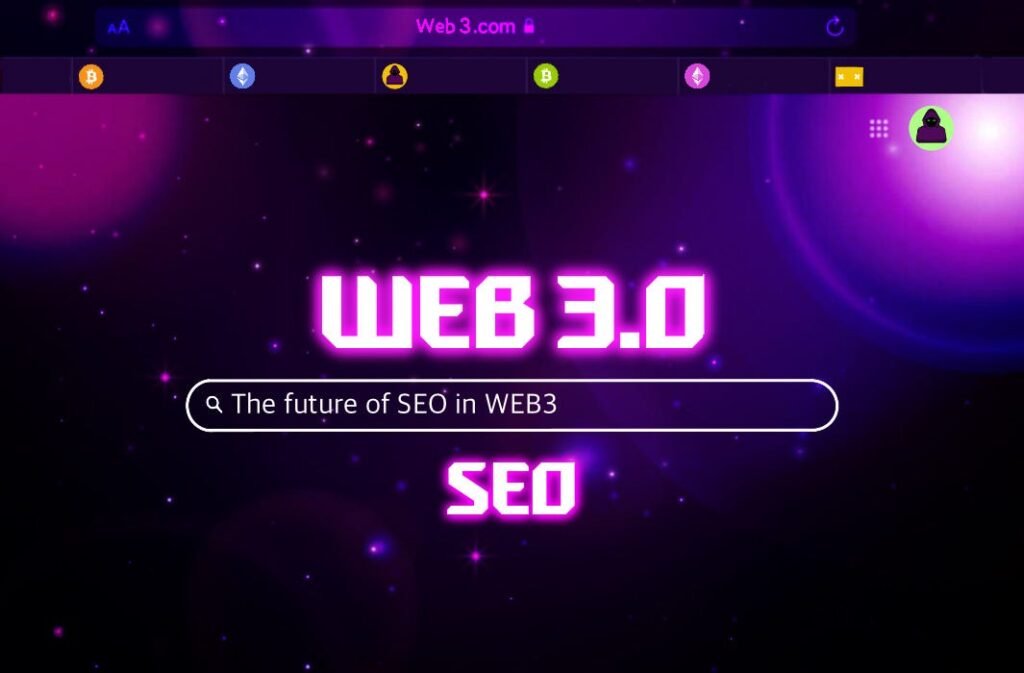
Measuring Success with Key Performance Indicators (KPIs)
To gauge the effectiveness of your Web3 marketing campaigns, you need to track the right metrics:
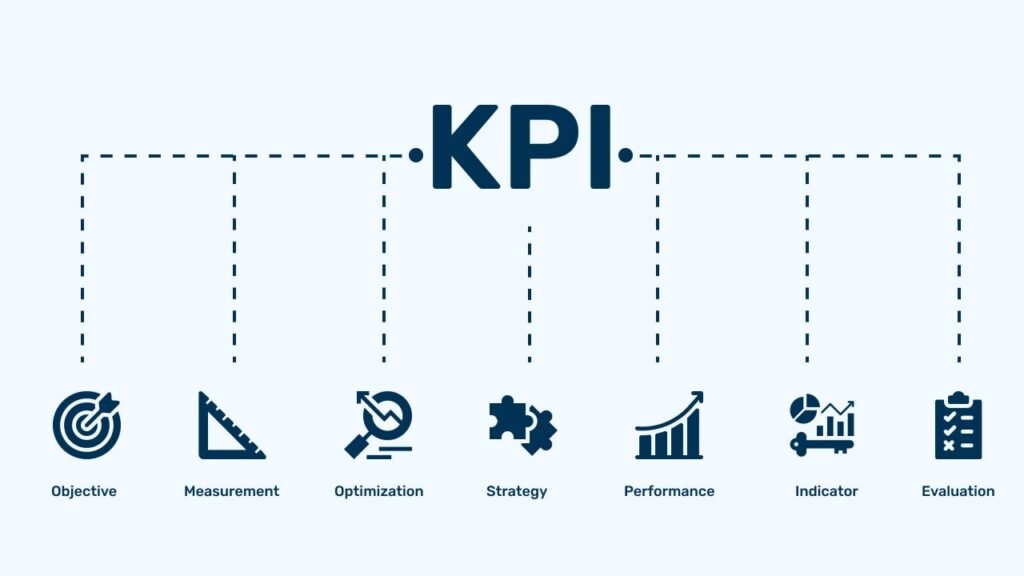
- Engagement Metrics: Measure user engagement on decentralized platforms, such as token transactions, NFT interactions, and community participation.
- Conversion Rates: Track how well your campaigns drive actions like purchases, sign-ups, or token redemptions.
- Customer Acquisition Costs: Analyze how much you’re spending to attract new customers and whether your token-based systems provide a return on investment.
By regularly monitoring KPIs, you can refine your strategies and ensure they align with your business goals.
A/B Testing and Experimentation in Web3 Marketing
The decentralized nature of Web3 doesn’t mean you should skip experimentation. In fact, A/B testing is more important than ever:
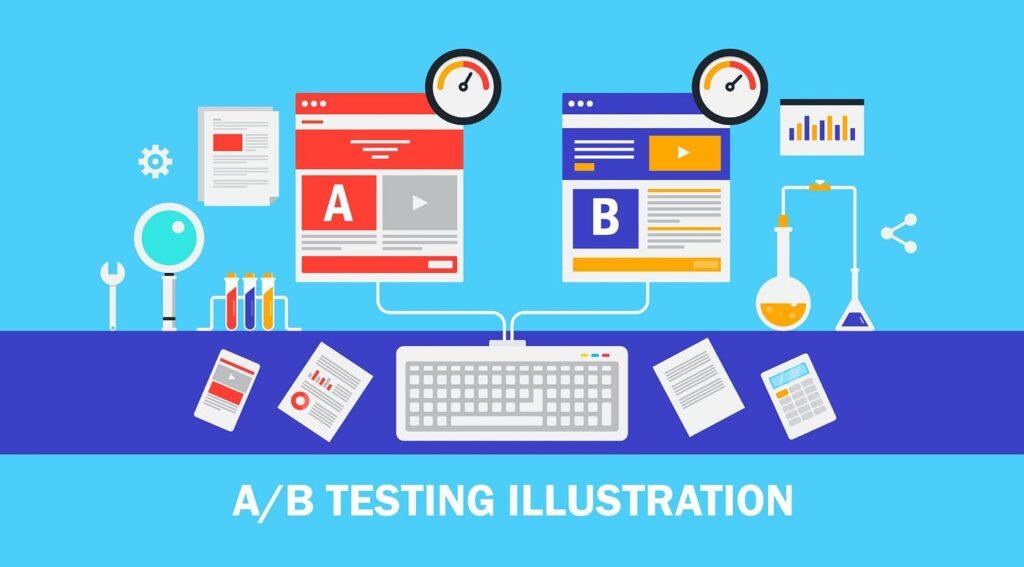
- Test Variables: Experiment with different messaging, visuals, and formats for NFTs, content creation, or token incentives.
- Analyze User Behavior: Use blockchain analytics tools to study how your audience interacts with your campaigns.
- Iterate Quickly: Adjust based on feedback and test again. Web3 users expect dynamic and innovative experiences, so continuous improvement is key.
Challenges and Limitations of Web3 Marketing
As exciting as Web3 marketing sounds, it’s not without its hurdles. Adopting decentralized technologies requires rethinking traditional approaches, and there are some significant obstacles that brands need to tackle. Let’s break them down:
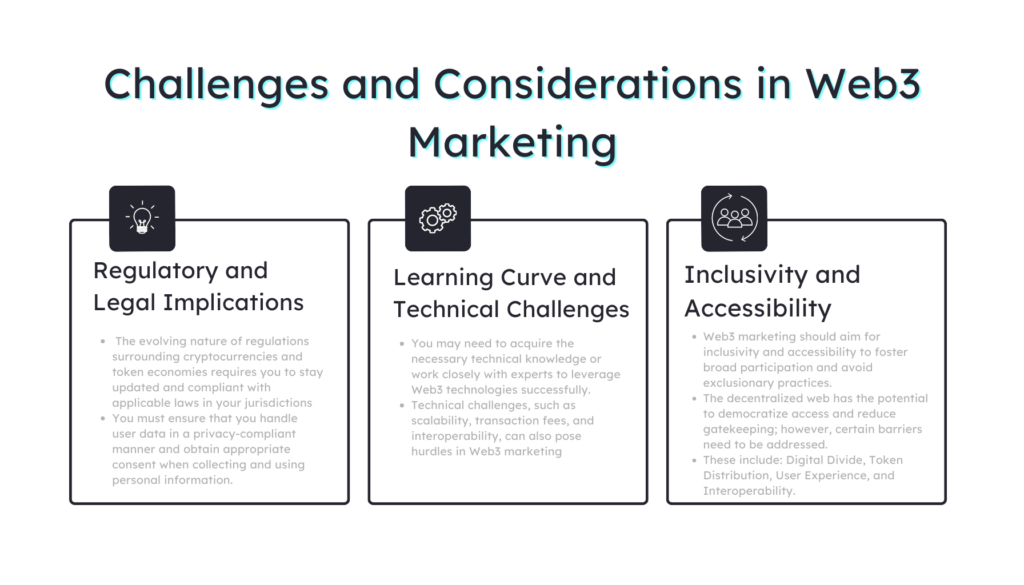
- Scalability Issues Blockchain technology, the backbone of Web3, isn’t always the fastest. High transaction volumes can lead to delays and higher costs, making it challenging to scale marketing campaigns effectively.
- Solution: Marketers should keep an eye on emerging blockchain platforms designed for speed and scalability while managing smaller, high-impact initiatives.
- Complexity for Users Interacting with decentralized platforms can be overwhelming for the average user. Wallets, tokens, and peer-to-peer networks might feel confusing compared to the simplicity of traditional digital marketing tools.
- Solution: Brands need to prioritize education by creating simple guides, tutorials, and educational content that make it easier for their target audience to get involved.
- Regulatory Uncertainty Governments around the world are still figuring out how to regulate blockchain technology, digital assets, and smart contracts. This legal gray area can make it difficult for brands to plan long-term marketing strategies.
- Solution: Stay updated on regulatory changes and collaborate with legal experts to ensure compliance in every market.
- High Entry Costs Getting started with Web3 marketing often involves investing in infrastructure, like hiring blockchain developers or creating unique digital assets. For smaller brands, these costs can be a barrier.
- Solution: Start small by experimenting with less resource-intensive tools, such as NFTs for loyalty programs or hosting virtual events on decentralized platforms.
- Limited Awareness Many internet users are still unaware of what Web3 is or how it works. This creates a gap in understanding, making it harder for brands to explain the value of decentralized web features like data ownership and secure transactions.
- Solution: Focus on building awareness through relatable content creation that explains the benefits of Web3 marketing in simple, human terms.
While the challenges are real, they’re not insurmountable. Brands willing to embrace the learning curve and adapt their strategies will be better positioned to thrive in the evolving digital world.
Strategic Adaptations for Marketers in the Web3 Era
The rise of Web3 marketing presents unique opportunities for brands to innovate, engage, and grow. To succeed, marketers need to adapt their digital marketing strategies to align with the web3 and its principles of transparency, community, and personalization. Here are some actionable strategies to thrive in the Web3 world:
1. Build and Nurture Communities
In Web3, communities are everything. Unlike the passive audiences of traditional social media platforms, Web3 users actively participate in shaping brands.
How to do it:
- Create engaging spaces on decentralized platforms where users feel valued.
- Use community-driven marketing tactics, such as rewarding participation with digital tokens or access to exclusive content.
- Foster open communication to build trust and loyalty.

2. Leverage Smart Contracts for Transparency
With this, marketers can automate processes like customer rewards, collaborations, and payments while ensuring transparency. This builds credibility and eliminates third-party bottlenecks.
How to do it:
- Use smart contracts to distribute digital assets like NFTs as part of loyalty programs.
- Automate partnerships with influencers or creators, ensuring fair payouts and measurable results.

3. Experiment with Tokenized Engagement
Engage your target audience by offering unique digital assets that deliver real-world or virtual value. These could be branded NFTs, limited-edition items, or rewards for contributions.
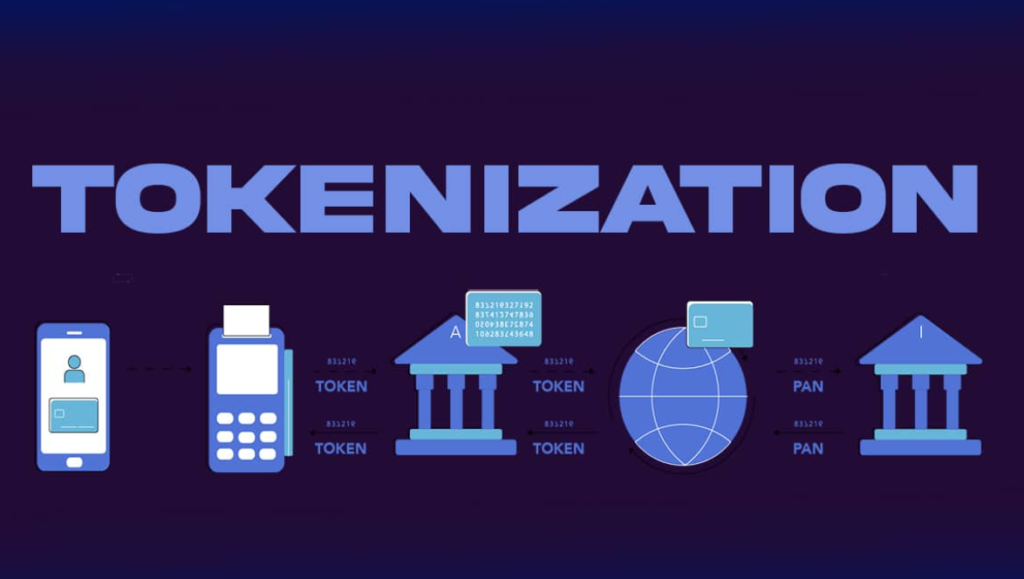
How to do it:
- Use NFTs to offer perks like discounts, memberships, or access to digital events.
- Turn engagement into value—reward customers for creating or sharing user-generated content.
4. Educate Your Audience
Many users are still unfamiliar with Web3, so education is key to driving adoption and engagement. Focus on making the transition easy and approachable.

How to do it:
- Share educational content that explains how decentralized platforms work and how users can benefit.
- Use social channels to host webinars or tutorials that simplify concepts like blockchain technology and smart contracts.
5. Focus on Personalized Experiences
The decentralized nature of Web3 allows for richer, more first-hand experience tailored to individual users.
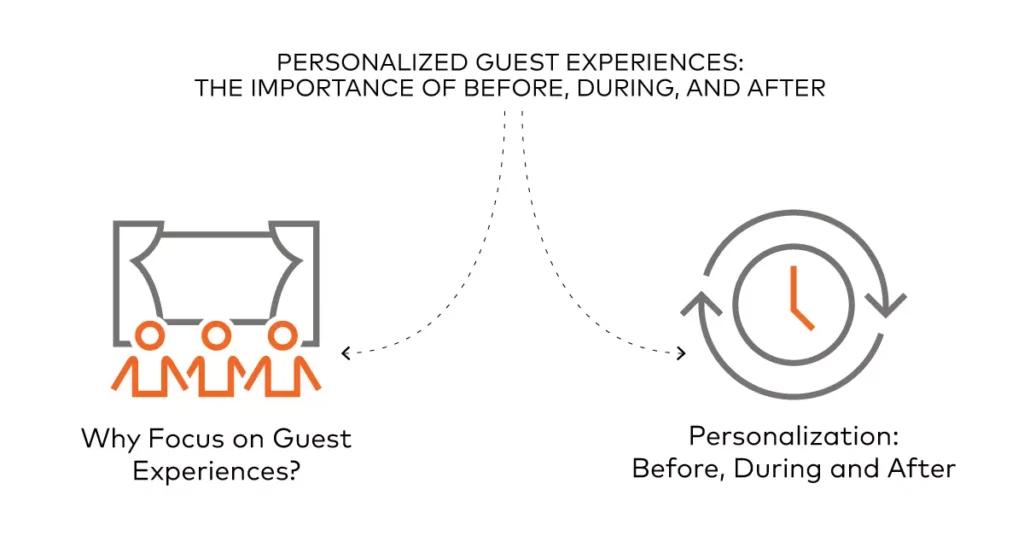
How to do it:
- Use data privacy-friendly methods to gather insights and create hyper-targeted campaigns.
- Build immersive virtual experiences or digital events that make customers feel directly involved with your brand.
6. Collaborate with Web3 Experts
Not every marketing team will have in-house expertise in blockchain technology or Web3 marketing. Partnering with experts can bridge the gap.

How to do it:
- Collaborate with developers, Web3 influencers, or platforms that specialize in blockchain solutions.
- Invest in upskilling your team to understand and leverage Web3 tools effectively.
Conclusion: Embracing the Future of Marketing with Web3
The rise of Web3 marketing marks a revolutionary shift in how brands connect with their target audience. With its focus on decentralization, data privacy, and transparency, Web3 isn’t just reshaping digital marketing strategies—it’s rewriting the rules of the digital marketing landscape altogether.
For marketers, the transition to decentralized platforms opens up endless possibilities:
- Building trust through community-driven marketing.
- Enhancing user engagement with smart contracts and unique digital assets.
- Innovating through first-hand experience and tokenized rewards.

However, the road ahead isn’t without challenges. From navigating regulatory uncertainty to overcoming scalability issues, brands will need to stay adaptable and committed to innovation. The good news? Those who embrace the principles of Web3—transparency, authenticity, and community—will find themselves leading the charge in a rapidly changing digital realm.
The future of marketing strategies is here, and it’s powered by blockchain technology, driven by community engagement, and defined by creativity. Are you ready to step into the world of Web3 marketing and shape what’s next?
Disclosure: Our blog contains affiliate links to products. We may receive a commission for purchases made through these links. However, this does not impact our reviews and comparisons. We try our best to keep things fair and balanced, in order to help you make the best choice for you.





